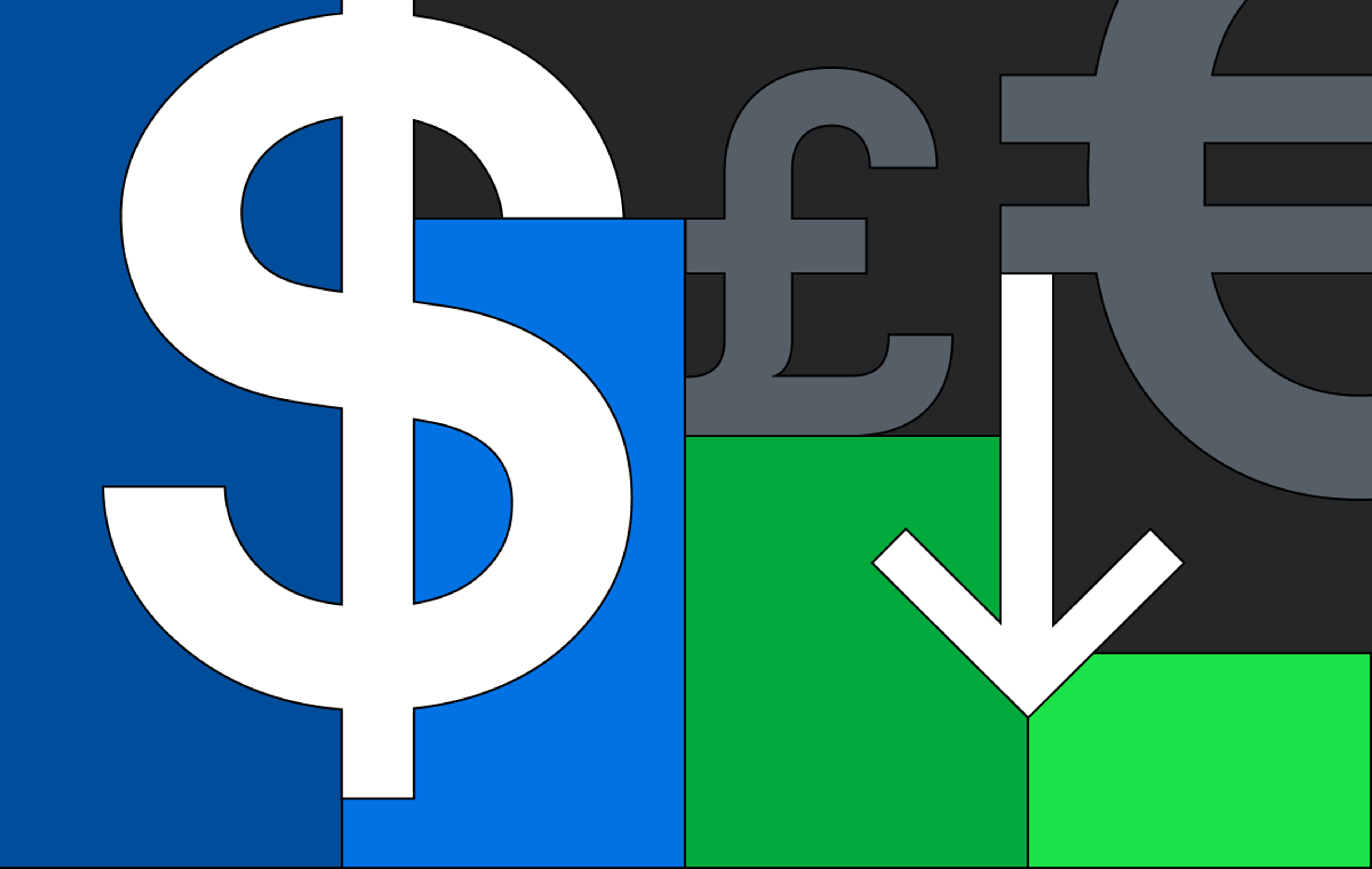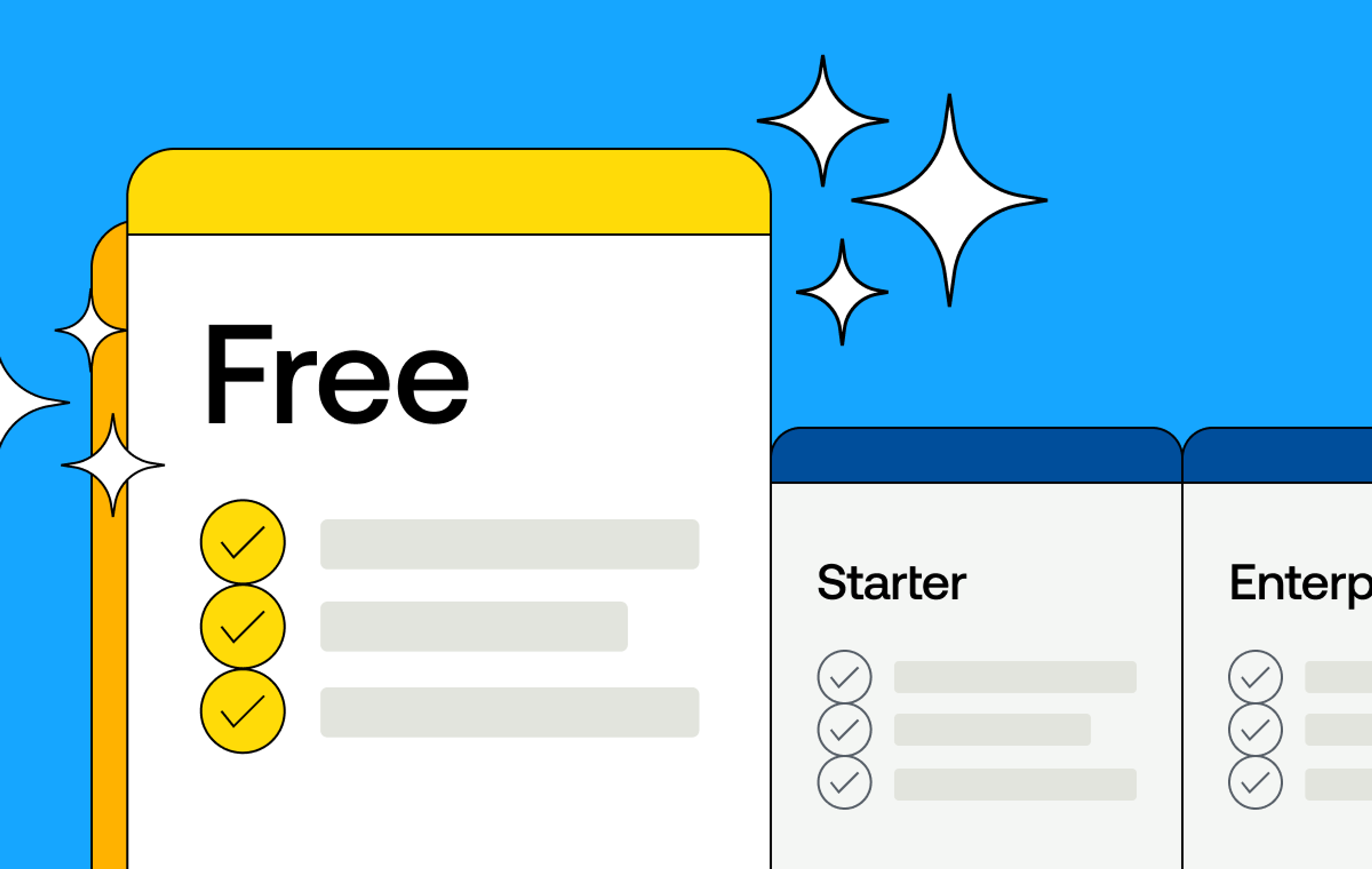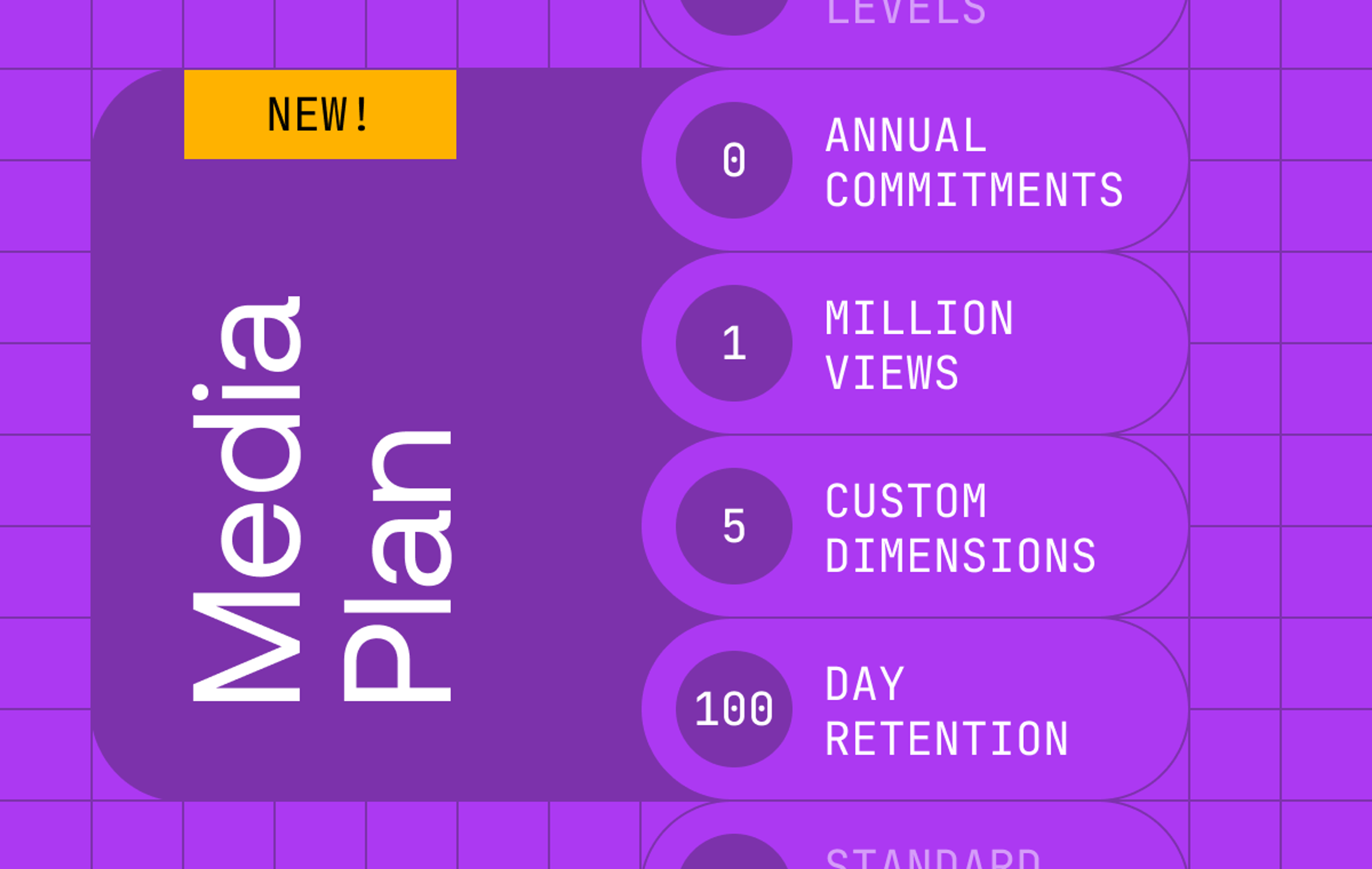"Video is still too expensive". We've been banging this drum for years now, and while we've made some serious progress with resolution-based pricing, free encoding for basic assets, automatic cold storage, and our Free Plan, we're not done yet.
Today, we’re announcing the biggest single pricing change in Mux's history: Mux Video prices are going down by an average of 20%. This latest pricing change is the crescendo of a significant investment in pricing over the last year, which has seen the average Mux Video self-service customer bill reduce dramatically since Jan 1, 2025.
This isn't just another incremental improvement or clever pricing lever. This is a fundamental restructuring of how we price video infrastructure, powered by years of ongoing engineering work that's designed to benefit our customers directly.
What's the TL;DR?
Here are the headlines of today's pricing change:
- Encoding prices are down ~22% for plus and premium quality levels, for both VOD and Live
- Storage prices are down ~23% for basic assets, and we've aligned basic storage pricing with plus storage pricing
- Delivery prices are down ~17% on average across all resolutions
- Basic static rendition storage is 23% cheaper
- Free delivery minutes now work across all resolutions and all qualities — your 100,000 monthly free minutes aren't capped at 1080p anymore
- Cold storage is now available for assets with static renditions (MP4s), and cold storage is on by default
- Static renditions are now an optional paid add-on, at all video quality levels
- And much more…
These aren't arbitrary price cuts. Every reduction is backed by infrastructure improvements and optimisations that our team has been working on for months years.
How we built our way to lower prices
The unfortunate truth of most pricing announcements you'll see out in the wild is that they're just marketing moves — shuffling numbers around to look competitive without fundamentally changing the underlying costs. That's not what's happening here. Our engineering team has spent the better part of the last year optimizing every part of our video pipeline, all while still shipping countless features.
The encoding cost reductions come from fundamental improvements to our just-in-time video encoding architecture. Last year we quietly released our overhauled AI powered per-title encoding algorithms to be more efficient on compute and storage, while maintaining the same quality targets for the basic, plus, and premium video quality levels.
For storage, remember how we eliminated the performance penalty from cold storage earlier this year, and made the savings apply instantly? That wasn't just about user experience — under the hood, we've been building a smarter storage infrastructure, efficient enough that we could make cold storage the default for everyone, and we wanted to get you some of the savings in your hands ahead of this larger pricing change.
And for delivery, when you're operating at our scale and delivering billions of minutes to viewers monthly, the economies of scale become significant. This allows us to work with partners to achieve pricing that, individually, customers just can't reach. The individually small optimisations and efficiency improvements we've been making to our delivery architecture compound into large cost savings, which we're passing along to you.
Finally at the infrastructure level, we've also partnered with new partners across both cloud providers and CDNs, including private CDNs, which have given us more flexibility to innovate on pricing structures. These partnerships allow us to optimise costs in ways that simply weren't possible with traditional public cloud approaches.
Cold storage gets even cooler (and cheaper)
Speaking of cold storage, we're making some major improvements here too.
First, every self-service customer now has automatic cold storage enabled by default. Since we eliminated the performance penalty earlier this year, there's no downside to having your less-frequently watched videos automatically move to cheaper storage tiers.
But here's the really special part: all assets are now eligible for cold storage, even if they have static renditions (MP4s) enabled. Previously if you wanted cold storage savings, you'd have to turn off your static renditions, which could impact features for some applications. Now it's simple — watch a video using any delivery technology, and it resets a single cold storage lifecycle. Stop watching, and both the asset and the static renditions move to cheaper storage automatically: 40% cheaper after 30 days, and 60% cheaper after 90 days.
Free delivery minutes upgrade
Here's a change that will make a lot of people happy: those 100,000 free monthly delivery minutes now work across all resolutions, not just up to 1080p.
Previously, if your users were watching 4K content, those free minutes didn't apply — you'd start paying immediately. Now, whether someone's watching a 270p preview on a phone or a crisp 4K video on their living room TV, it all comes out of a single bucket of free minutes.
This is particularly useful as we're seeing more creators and platforms that are starting to embrace higher-resolution content. You can now experiment with 4K uploads without worrying about immediately burning through your delivery budget on the first few views.
The unbundling continues: Static renditions become a paid upgrade
Now, there is one change that's different from the rest: static renditions (MP4 downloads) are now a paid upgrade for all self-service accounts, regardless of video quality level. As always, you can choose whether to enable static renditions on a per-asset basis when you upload each video, or add them retroactively after you've uploaded.
I know, nobody likes hearing about features becoming paid add-ons. But this unbundling is actually a critical part of what enables us to deliver storage pricing improvements across the board.
The reality is that the majority of video applications don't need MP4 renditions. 90% of Mux customers don't use them. If you're building a streaming platform, educational app, or social network, HLS streaming is almost always the better approach. But we were building the cost of static rendition generation and storage into everyone's bill, whether they used it or not.
By making static renditions optional, we can:
- Reduce core pricing for the 90%+ of customers who don't need MP4s
- Offer competitive pricing for the customers who do need them
This follows the same philosophy we added when we introduced video quality levels — instead of one-size-fits-all pricing, you pay for exactly the features and characteristics of each asset that your application actually needs.
On this one, there's a downside. For a small number of customers, this MP4 storage change might result in your bill going up — especially if you store a lot of assets that use the legacy MP4 support feature enabled, and don't encode or stream much in a month. For the overwhelming majority of customers, you can save money by swapping to the new "highest" MP4 option, through the static_renditions API, which is cheaper to store, or only enabling static renditions when needed for specific assets.
But wait, there's more!
There's so much in this pricing release that I can't give everything its own section, here's the other little delighters you're getting in today's release.
- 2K/4K resolutions are now available for basic quality level assets, still with $0 encoding — No longer are your basic quality level assets locked out of 4K playback, completing a raft of other basic asset upgrades we added last year
- We've increased our public delivery tiers all the way to 10M mins/month, including a smoother discount curve — Our self-service customers now get streaming discounts all the way to 10 million minutes delivered each month, without needing to get on a contract
- Audio-only is now 10% of 720p basic pricing — We've reduced the price of all audio-only functionality by 35% on average, including when using multiple audio tracks
- Consistent multipliers across video qualities and resolutions — We've simplified our self-service pricing, so that different resolutions and qualities are always multipliers of our core 720p pricing
When do these changes take effect?
All of these pricing improvements take effect immediately. If you're a self-service customer, you'll see the lower rates on your next invoice for any video processed, stored, or delivered.
If you're a contract customer, please reach out to your CSM to chat through how you can leverage these and other pricing improvements on your account.
Why we keep doing this
Every time we announce pricing improvements, I get the same questions in my DMs: "Why keep reducing prices? Isn't Mux a business trying to make money?"
Of course we are. But here's what I've learned over my years helping developers build video into their products: the biggest constraint on video adoption isn't technology anymore (we've got you covered there). It's cost.
The internet is better when developers can afford to experiment with video. When a solo developer can add a product demo to their homepage without worrying about the bill. When a startup can launch a video feature without needing to model out worst-case cost scenarios.
That's the world we're building toward, one pricing improvement at a time. Through systemic optimisation, increased scale, and innovative technologies like just-in-time transcoding, we've been able to pass significant savings directly to our customers. If you want to learn more about our pricing evolution and the technical innovations that made it possible, be sure to read Jon's retrospective blog on the last 18 months of pricing changes and cost reductions.
What's next?
This might be the biggest single pricing change in our history, but it's not the last. We're continuing to invest in pricing improvements, though the ones you'll see will be more focused on incremental improvements and pricing for new add-ons, rather than bigger picture pricing overhauls. That's because we now have the right fundamental shape of pricing — our structure properly reflects value and aligns with how customers actually use video infrastructure. With these foundations in place, our focus shifts to fine-tuning based on customer feedback, pricing new AI-powered features, and making targeted optimisations that deliver meaningful savings without disrupting the coherent framework we've built.
Want to see these new prices in action? Check out our updated pricing page or sign up for a free account to start building with the most affordable video infrastructure we've ever offered.
As always, we'd love to hear your feedback on these changes. Drop us a note with your thoughts, questions, or suggestions for future improvements. After all, the best way to make video more affordable is to keep listening to the developers who are actually building with it.



